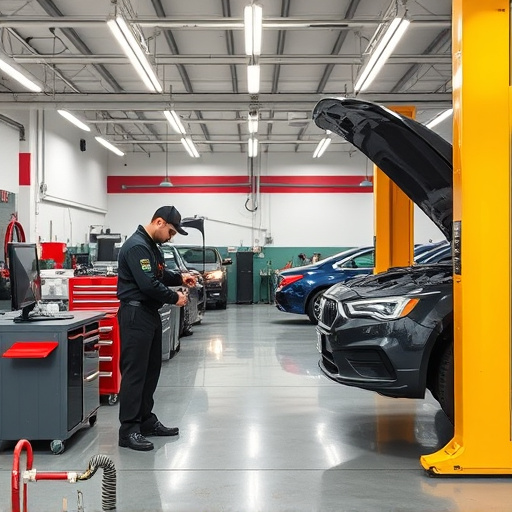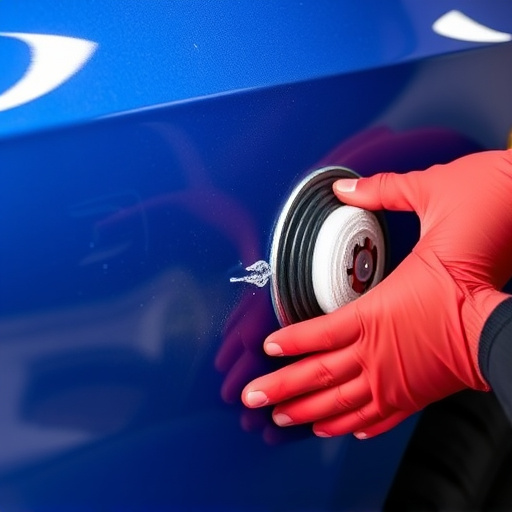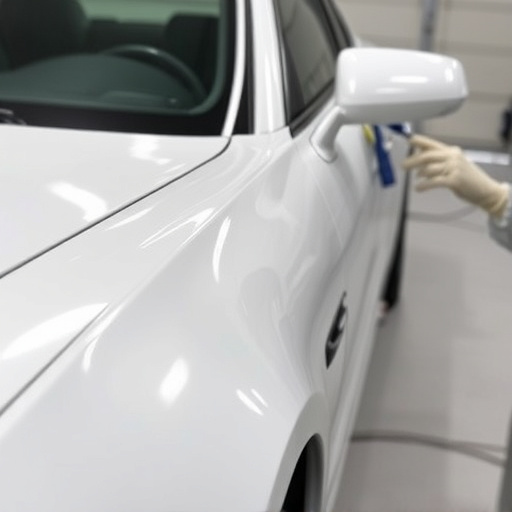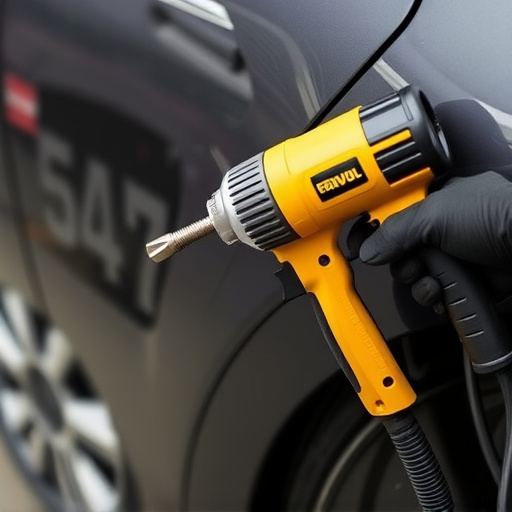Understanding your insurance company's claim approval timeline is crucial for managing complex auto body repairs or restoration projects. This process involves several stages, from initial filing to payment processing. By familiarizing yourself with these steps, you can prepare for potential delays, ensure prompt documentation gathering, and maintain effective communication with your insurer. Strategic preparation, staying organized, and proactive engagement can streamline the timeline. Researching your insurer's guidelines, choosing a reputable repair shop, and clear communication are key to avoiding common pitfalls and speeding up claim approvals.
Navigating a claim approval timeline can be daunting, but understanding your process is key. This guide helps you master the art of efficient claims management. We’ll break down ‘Understanding Your Claim Approval Timeline’, offer strategic insights for ‘Efficient Navigation’, and highlight common pitfalls to ‘Avoid’. By mastering these steps, you’ll ensure smoother, faster approvals, leaving more time for what truly matters. Let’s dive into the essential practices for successful claim navigation.
- Understanding Your Claim Approval Timeline
- Strategies for Efficient Navigation
- Common Pitfalls and How to Avoid Them
Understanding Your Claim Approval Timeline

Understanding Your Claim Approval Timeline is a crucial step to successfully navigating the process, especially when dealing with complex cases like vehicle repairs or car paint restoration. Each insurance company has its own set of procedures and timeframes for reviewing and approving claims, including estimates for Mercedes-Benz collision repair or any other make.
By familiarizing yourself with these stages, you can better prepare for potential delays or speed up the process. Typically, a claim approval timeline involves initial filing, verification of details, assessment of damages (for vehicle repair or paint jobs), and finally, decision making and payment processing. Being aware of these phases allows claimants to gather necessary documentation promptly and communicate effectively with their insurance providers.
Strategies for Efficient Navigation

Navigating the claim approval timeline can be a complex process, but with the right strategies, it’s possible to ensure a smoother journey. One efficient approach is to stay organized and proactive from the beginning. When filing a claim, whether for a scratch repair, auto body repairs, or even classic car restoration, gather all necessary documentation promptly. This includes detailed estimates, photographs, and any relevant contracts or agreements.
By being prepared with these materials, you can significantly reduce delays caused by back-and-forth communication. Additionally, maintain open lines of communication with your insurance provider throughout the process. Regularly follow up on the status of your claim, keeping them informed about any progress made in auto body repairs or restoration work. This proactive approach will help you stay ahead of potential delays and ensure a more efficient claim approval timeline.
Common Pitfalls and How to Avoid Them

Navigating the claim approval timeline can be a minefield for many, with common pitfalls often leading to delays and frustration. One of the primary blunders is failing to understand the process. Each insurance company has its own set of procedures, and not grasping these intricacies can cause confusion and errors. To avoid this, thoroughly research your insurer’s guidelines and don’t hesitate to reach out to them for clarifications.
Another pitfall involves rushing the repair process. While it’s tempting to expedite, especially with the costs involved, hasty work can result in subpar results. Ensure that your chosen car body shop is reputable and has experience with both car paint repair and auto glass repair. Proper communication and collaboration with your mechanic will ensure that all repairs meet industry standards, increasing the chances of a swift and successful claim approval.
Navigating a claim approval timeline successfully requires understanding your deadlines, planning ahead, and avoiding common pitfalls. By adopting efficient strategies, you can ensure your claims are processed promptly. Remember, effective communication with relevant stakeholders and meticulous record-keeping are key to overcoming potential delays. Optimizing your approach to the claim approval timeline will lead to more favorable outcomes and reduced stress during what can often be a complex process.














